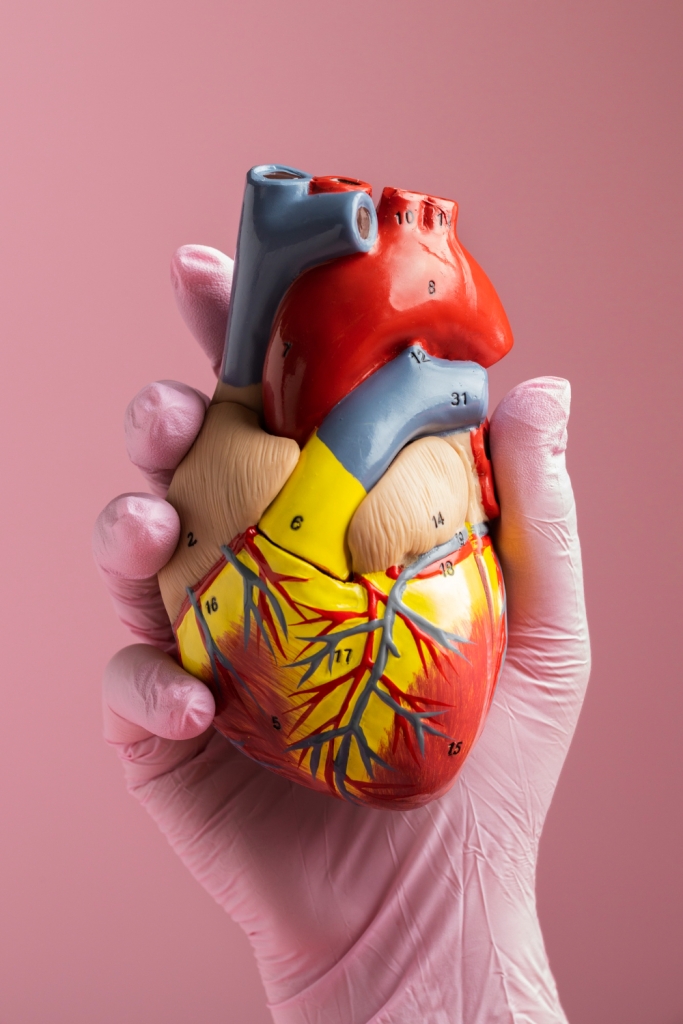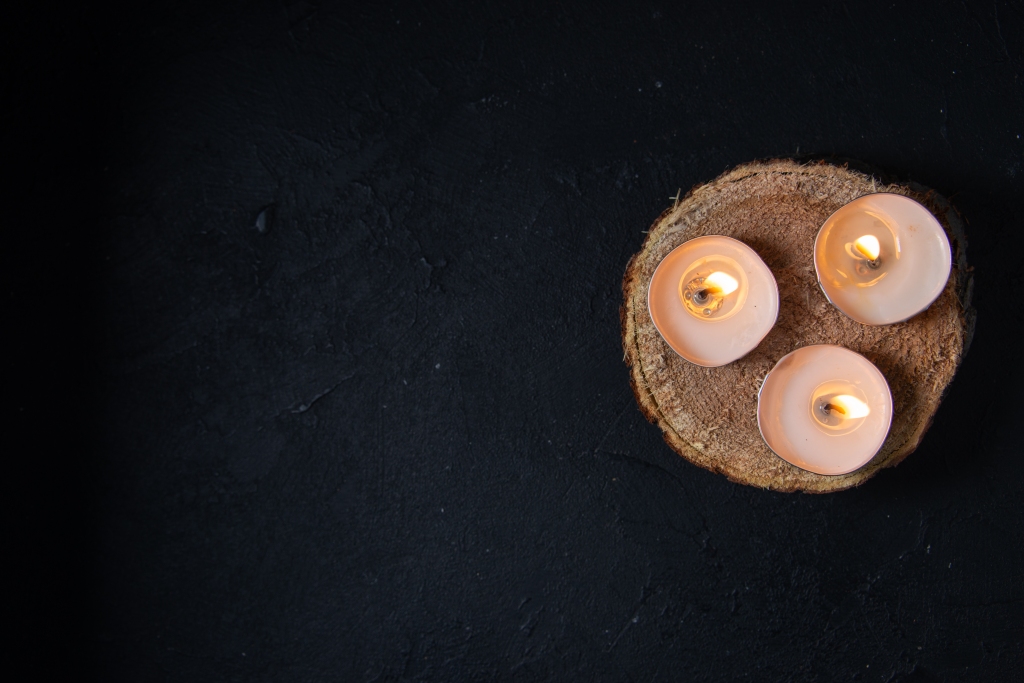Life, with its oscillating rhythms of joy and sorrow, has always intrigued those who seek to understand its deeper meaning. Imagine sailors living their lives at sea. The vastness of the ocean, with its unpredictable waves and a tremendous number of mysterious creatures inside, sometimes makes mankind wonder. Sometimes the calmness of the ocean brings peace and tranquility. On the other hand, its rage can cause tsunamis and wreck everything in its path.

Since the dawn of consciousness, mankind has grappled with defining the struggle that accompanies existence, a struggle not merely for the survival of the fittest, but for meaning and understanding. Beneath the tangible—our routines, our daily chores, our fleeting joys—lies a profound quest to answer a perennial question: Is there more to life than meets the eye?
The very struggle of life has been a central theme of human reflection since antiquity. Philosophers, poets, and thinkers have mused, discussed, and debated our place in the universe. They pondered whether our journey is predestined or shaped by the will, and what lies beyond the horizon of mortality.

To illuminate the vast landscape of human experience. Consider, for instance, the heart—not merely a biological organ that pumps blood to the rest of the body but a symbol of our deepest emotions and aspirations. In many traditions, with its ever-changing rhythms and beats, which stand as a testament to the vicissitudes of life. In Arabic tradition, the word “heart” or qalb (قلب) comes in many forms across regional Arabic dialects1. For example, Aeunn Qalbi (eyes of my heart), Habib Qalbi (love of my heart), or even Qalb Khalsan (my heart is done) or Qalb Tabaan (my heart is tired) can be used to express various states of emotion. The very term “heartfelt” speaks to the depth of genuine human experience.

In Jewish tradition, the human soul and body can be represented by a candle’s flame and wick2. The flickering represents the fragility of life and reinforces the importance of family and life. This embodies our spirit’s volatility, representing both our innermost fires and our moments of dwindling hope. At certain times, this flame burns with vigor, lighting up our path with clarity. Yet, there are phases when it merely flickers, threatened by the winds of doubt, but never truly relinquished, symbolizing its resiliency.
Every individual, in their lifetime, faces a myriad of challenges. Yet, beneath the struggles often lies a deeper search for meaning, for connection, and for a purpose greater than oneself.
In the hustle and bustle of modern existence, amidst all the technological advancements such as AI or robots, it becomes even more crucial to pause and reflect. Asking ourselves if we are merely existing or truly living.

As we navigate the vast experience of existence, the journey itself becomes the essence, ever pushing us forward in our quest to discern meaning and purpose in the grand tapestry of life. It is in this relentless pursuit that we truly find ourselves and the profound beauty of our existence. This is where we are grateful for life itself.